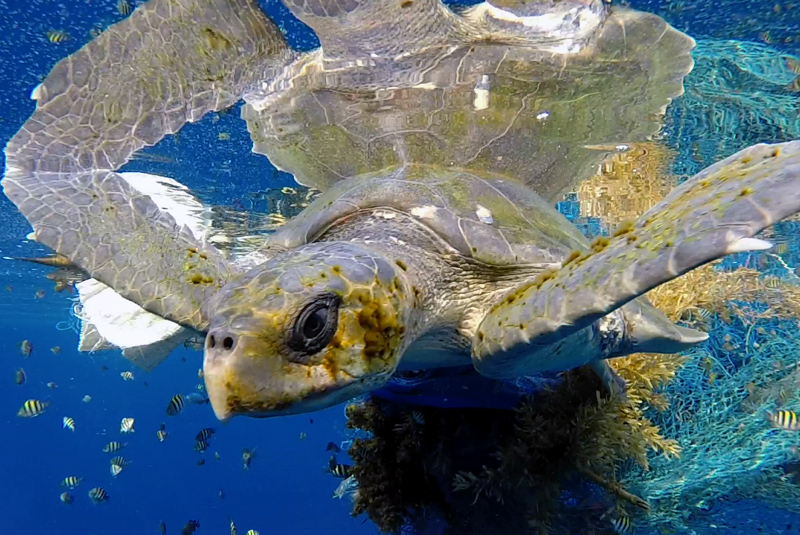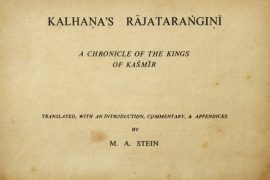It’s among the most iconic images of wildlife filmography. The sight of thousands of baby turtles slowly crawling from their eggshells and moving towards the sea. The Olive Ridley Turtle has become a household name thanks to the dramatic footage of its annual hatching exodus – which locals call Arribada meaning ‘arrival’.
Barring the shores of Europe and Russia, there are few countries which the Olive Ridley Sea Turtle does not visit in a year. You can distinguish them from their endangered cousins, the Kemp’s Ridley turtle, by their olive-coloured carapace (the top portion of its shell) and light green underbellies. These are the smallest and most abundant sea turtles in the world, with nesting sites on five continents.
Despite an impressive range, they are ranked as a vulnerable species by the International Union for the Conservation of Nature. These turtles are hunted extensively, and while the males roam far and wide, the females tend to return to their original nesting sites to give birth. As a consequence, nearly half the global population resides in the Indian state of Orissa each year. The world’s largest nesting site is on Orissa’s coastline, near the mouth of the river Rushikulya.
Copyright©Madras Courier, All Rights Reserved. You may share using our article tools. Please don't cut articles from madrascourier.com and redistribute by email, post to the web, mobile phone or social media.Please send in your feed back and comments to [email protected]











